Badami Caves Temples, Bagalkot District, Karanataka,
India
The Badami cave temples are a complex of temples located at Badami, a town in the Bagalkot District in the north part of Karnataka, India. They are considered an example ofI ndian rock-cut architecture, especially Badami Chalukya Architecture. Badami, the capital of the Early Chalukyas, who ruled much of Karnataka in the 6th to 8th centuries, lies at the mouth of a ravine with rocky hills on either side and a town tank in which water from the ravine flows. The town is known for its ancient cave temples carved out of the sandstone hills above.
TEMPLE CAVES :-
The Badami cave temples are composed of four caves, all carved out of the soft Badami sandstone on a hill cliff in the late 6th to 7th centuries.The planning of four caves is simple. The entrance is a verandah (mukha mandapa) with stone columns and brackets, a distinctive feature of these caves, leading to a columned mandapa – main hall (alsomaha mandapa) and then to the small square shrine (sanctum sanctorum, garbhaghrha) cut deep into the cave.The temple caves represent different religious sects. Among them, two (cave 2 and 3) are dedicated to god Vishnu, one to god Shiva (cave 1) and the fourth (cave 4) is a Jain temple. The first three are devoted to the Vedic faith and the fourth cave is the only Jain temple at Badami.
The cave temples date back to 600 and 700 CE. Their architecture is a blend of North Indian Nagara Style and South Indian Dravidian style. As described above each cave has a sanctum sanctorum, a mandapa, a verandah and pillars. The cave temples also bear exquisite carvings, sculptures and beautiful murals.Important part of historical heritage at Badami cave temples are inscriptions in old Kannada script. There is also the fifth cave temple in Badami – Buddhist temple in natural cave which can be entered only on all fours.
CAVE 1 :-
The first shrine has at its entrance Shiva's door keepers; to the right inside is the figure of Shiva of about five feet height and in the tandava dancing pose with 18 arms. Beside him are Nandi, dancing Ganapati, etc. There is a neatly carved perfect figure of Mahishasuramardini and several other rock –cut dwarf images of kubja ganas, Nagaraja or snake king, Vidhyadhara couple, etc. are on the ceiling.
CAVE 2 :-
The second cave and on its front are the guards or dvarapalakas holding lotus in their hands. East and West walls of the cave have large images of Bhuvaraha and Trivikrama. On the ceiling are engraved Ananthashayana, Bramha, Vishnu, Shiva and Asthadikpalakas.
CAVE 3 :-
The third cave is dedicated to Vishnu, and is the best and the biggest, and it has splendid giant figures of Paravasudeva, Bhuvaraha, Harihara and Narasimha. All these statues are engraved in a vigorous style. An inscription found here records the creation of the shrine by Mangalesha in 578. There are some paintings on the ceiling and the style indicates maturity but has lost its original dazzling colour. The bracket figures on the piers here are some of the finest.
CAVE 4 :-
The fourth cave is Jaina which lies a little east of cave III. The sanctum is adorned by the image of Mahavira. The pedestal contains an old Kannada inscription of the 12th century A.D. which registers the death of one Jakkave. Scores of Jaina Thirthankara images have been engraved in the inner pillars and walls. In addition to it, there are some idols of Bahubali, Yakshas and Yakshis. Some scholars assign the cave to the 8th century.
GALLERY :-
Badami cave temple :-
Sanctum sanctorum inside Shaiva Cave No. 1 :-
Vishnu image in Vaishnava Cave temple No. 3 :-
Jain image of Parshvanath, Cave No. 4 :-
Badami tank at mouth of gorge in Badami :-
Frieze at entrance of cave no.1 :-
Wall relief, cave no.2 :-
Frieze at entrance of cave no.2 :-
Frieze at entrance of cave no.2 :-
Wall relief, cave no.3 :-
Wall frieze in cave no.4 :-
Pillar bracket frieze, cave no.3 :-
Credit :- https://en.wikipedia.org/wiki/Badami_Cave_Temples





































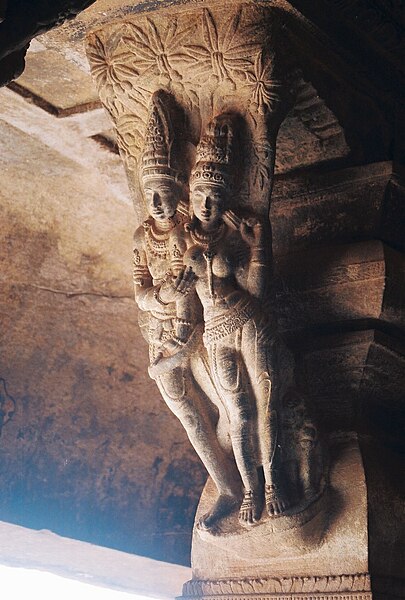



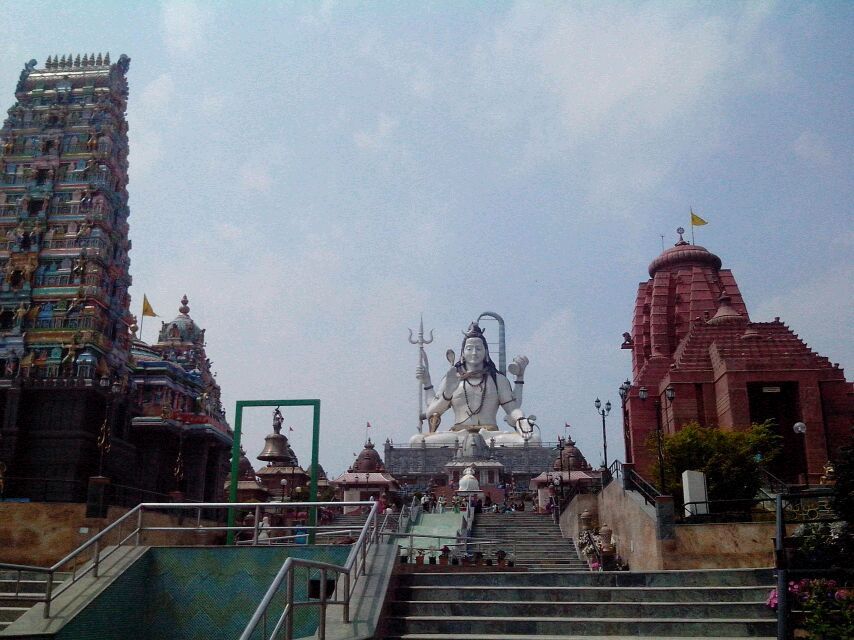
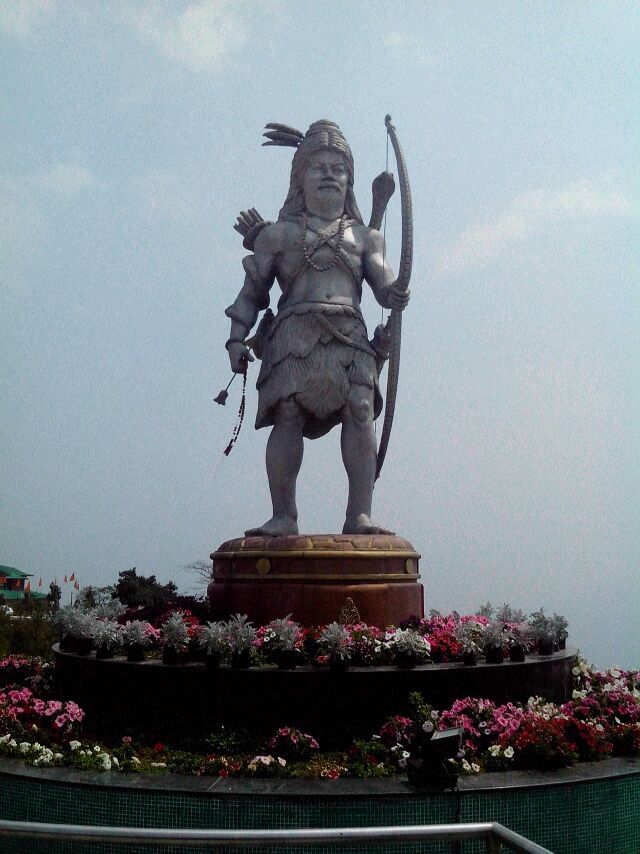
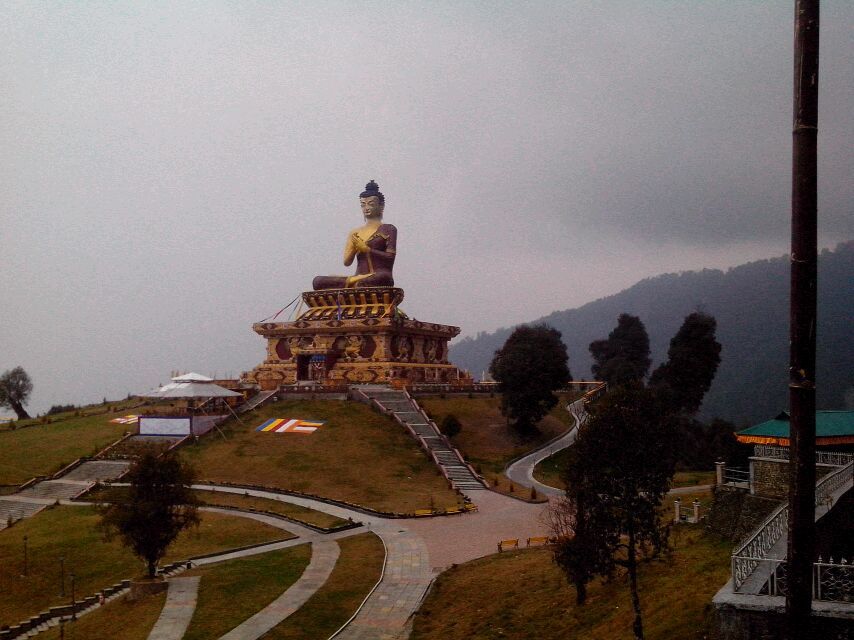
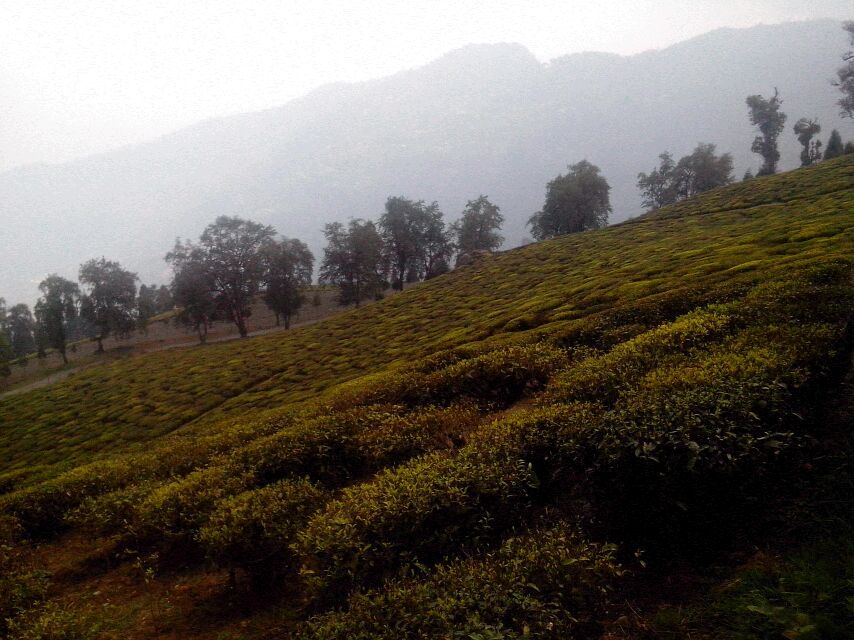



comment:
p_commentcount